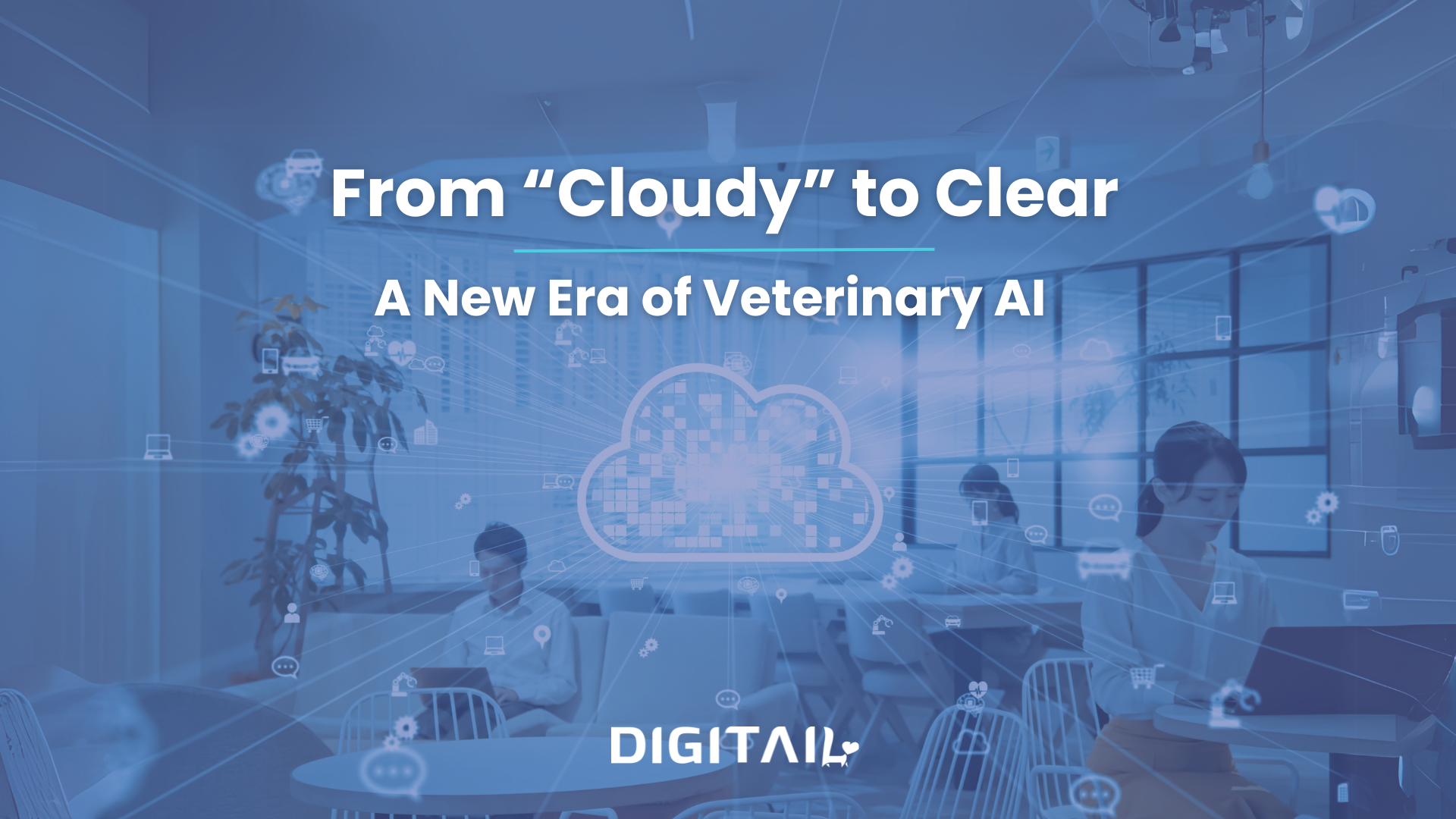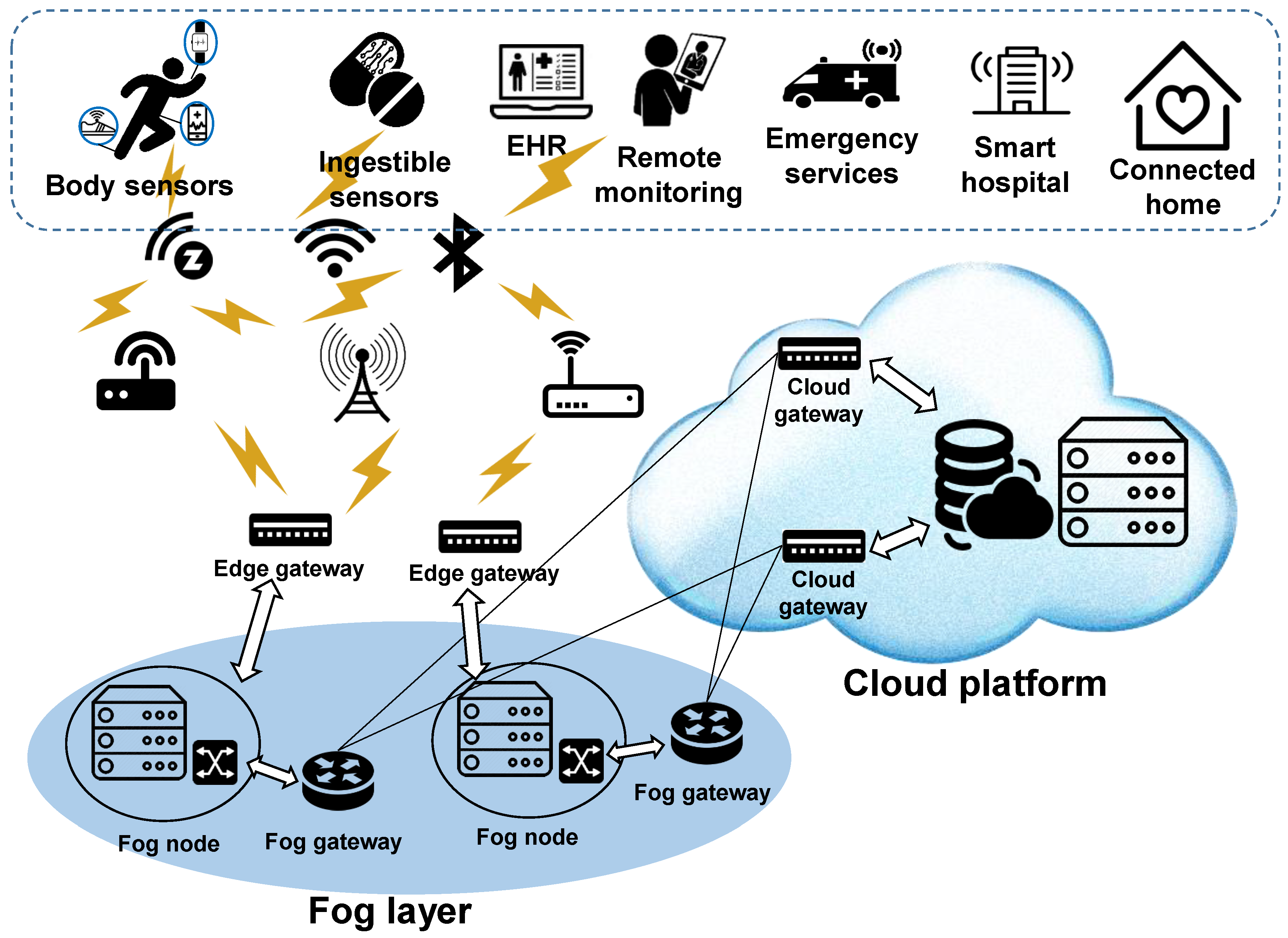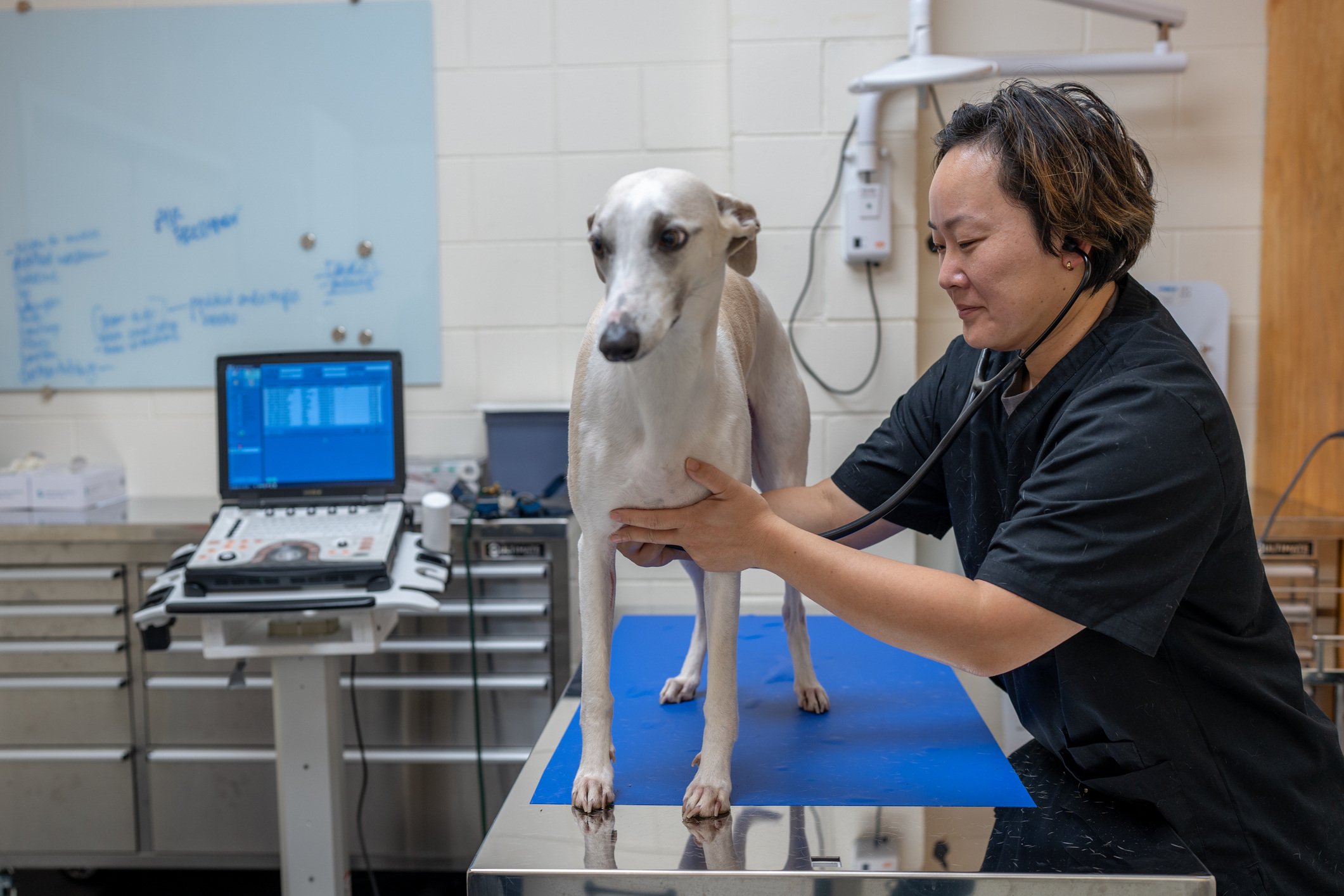Blog
VETERINARY MEDICAL DEVICES: CLOUD AI BENEFITS VS BUILT-IN AI – A COMPREHENSIVE ANALYSIS
Abstract: The integration of Artificial Intelligence (AI) in veterinary medical devices represents a paradigm shift in animal healthcare, offering unprecedented opportunities for enhanced diagnostics, treatment outcomes, and practice efficiency. This comprehensive analysis examines two primary approaches: cloud-based AI systems versus embedded (built-in) AI solutions. Through detailed technical evaluation, cost analysis, and security considerations, this article provides veterinary professionals and medical device manufacturers with critical insights for informed decision-making in the rapidly evolving landscape of AI-enabled veterinary medicine.
1. INTRODUCTION: THE AI REVOLUTION IN VETERINARY MEDICINE
The veterinary medicine industry stands at the precipice of a technological revolution. Artificial Intelligence, once the domain of science fiction, has become an integral component of modern animal healthcare. The integration of AI into veterinary medical devices promises to address longstanding challenges in the field, including diagnostic accuracy, treatment personalization, and resource optimization.

Recent industry surveys indicate that nearly 30% of veterinary professionals already incorporate AI into their daily practice, with adoption rates significantly higher than initially anticipated. This rapid uptake reflects the veterinary community’s recognition of AI’s transformative potential and willingness to embrace innovative technologies that enhance patient care.
The fundamental question facing veterinary practices today is not whether to adopt AI, but rather which implementation approach best serves their specific needs. Two primary architectures dominate the landscape: cloud-based AI systems that leverage remote computational resources, and embedded AI solutions that process data locally within the device itself.
Key Industry Statistics:
- 83% of veterinary professionals report familiarity with AI technology
- 30% actively use AI in their practice on a daily or weekly basis
- Over 700 FDA-cleared AI-enabled medical devices are currently on the market
- The veterinary AI market is projected to reach $2.1 billion by 2027
2. CLOUD AI IN VETERINARY MEDICAL DEVICES: COMPREHENSIVE ANALYSIS
2.1 TECHNICAL ARCHITECTURE AND FUNCTIONALITY
Cloud-based AI systems in veterinary medicine operate on a distributed computing model where medical devices serve as data collection and transmission endpoints, while sophisticated AI algorithms process information in remote data centers. This architecture leverages the virtually unlimited computational power of cloud infrastructure to perform complex analyses that would be impossible on local hardware.

The typical cloud AI workflow begins with data acquisition through veterinary medical devices such as digital radiography systems, ultrasound machines, or diagnostic analyzers. This data is then transmitted via secure internet connections to cloud-based AI platforms where machine learning algorithms analyze the information, generate insights, and return results to the originating device or practice management system.
2.2 BENEFITS OF CLOUD AI IMPLEMENTATION
2.2.1 UNLIMITED COMPUTATIONAL POWER
Cloud AI systems provide access to virtually unlimited computational resources, enabling the deployment of sophisticated deep learning models that require substantial processing power. This capability is particularly valuable for complex image analysis tasks such as radiographic interpretation, where multiple neural networks may process the same image to identify different pathological conditions.
2.2.2 CONTINUOUS LEARNING AND UPDATES
One of the most significant advantages of cloud AI is its capacity for continuous improvement. As new data becomes available, cloud-based models can be retrained and updated without requiring hardware modifications or on-site service visits. This ensures that veterinary practices always have access to the most current AI capabilities.

2.2.3 COST-EFFECTIVE SCALABILITY
Cloud AI eliminates the need for expensive local computing hardware, reducing capital expenditures for veterinary practices. The subscription-based pricing model allows practices to scale their AI capabilities based on actual usage, making advanced AI accessible to practices of all sizes.
2.2.4 Multi-Device Integration
Cloud platforms excel at integrating data from multiple devices and sources, providing comprehensive analysis capabilities that consider information from various diagnostic modalities. This holistic approach can lead to more accurate diagnoses and better treatment recommendations.
2.3 Limitations and Challenges
2.3.1 Internet Dependency
Cloud AI systems require reliable, high-speed internet connectivity to function effectively. In rural or remote veterinary practices where internet infrastructure may be limited, this dependency can significantly impact system performance and reliability.
2.3.2 Latency Concerns
The time required to transmit data to cloud servers, process it, and return results can introduce significant delays in critical diagnostic situations. While typical processing times range from seconds to minutes, this latency may be unacceptable in emergency scenarios where immediate results are essential.
2.3.3 Data Security and Privacy
Transmitting sensitive patient data over the internet raises significant security and privacy concerns. Despite advanced encryption and security protocols, the risk of data breaches and unauthorized access remains a primary concern for many veterinary practices.

6.3 Embedded AI Security Advantages
Embedded AI systems provide inherent security advantages by eliminating network transmission requirements. Local data processing reduces exposure to external threats and simplifies compliance with privacy regulations. However, physical device security becomes critical to prevent unauthorized access to stored data.
7. Real-World Case Studies and Applications
7.1 Case Study: Large Veterinary Hospital Chain
A major veterinary hospital chain implemented cloud-based AI for radiographic analysis across 50 locations. The system processes over 1,000 images daily, providing consistent diagnostic support and reducing interpretation time by 40%. The cloud architecture enables seamless updates and consistent performance across all locations.
7.2 Case Study: Rural Veterinary Practice
A rural veterinary practice in Montana deployed embedded AI ultrasound systems to address connectivity challenges. The system provides immediate diagnostic results for large animal examinations in remote locations, improving diagnostic confidence and reducing the need for referrals to specialist centers.

7.3 Case Study: Emergency Veterinary Clinic
An emergency veterinary clinic implemented hybrid AI architecture combining embedded AI for immediate triage decisions with cloud AI for complex case analysis. This approach optimizes both response time and diagnostic accuracy for critical cases.
8. Future Trends and Technological Evolution
8.1 Hybrid AI Architectures
The future of veterinary AI likely lies in hybrid solutions that combine the benefits of both cloud and embedded approaches. These systems utilize local processing for immediate results while leveraging cloud capabilities for complex analysis and continuous learning.
8.2 Edge Computing Integration
Advances in edge computing technology are blurring the lines between cloud and embedded AI. Edge computing brings cloud-like computational power closer to the point of care while maintaining the low latency advantages of local processing.

8.3 Artificial Intelligence Democratization
Technological advances are making sophisticated AI capabilities increasingly accessible to veterinary practices of all sizes. Improved hardware efficiency and reduced costs are lowering barriers to AI adoption, while cloud-based services provide scalable access to advanced capabilities.
8.4 Regulatory Evolution
Regulatory frameworks for veterinary AI are rapidly evolving to address safety, efficacy, and data protection concerns. Future regulations may favor certain AI architectures based on security, privacy, and performance considerations.
9. Implementation Recommendations
9.1 Decision Framework
Veterinary practices should evaluate AI implementation options based on several key criteria:
- Practice Size and Volume: Larger practices with high diagnostic volumes may benefit more from cloud AI’s scalability, while smaller practices might prefer the predictable costs of embedded systems.
- Geographic Location: Practices in areas with reliable high-speed internet connectivity are better positioned for cloud AI implementation.
- Specialization Requirements: Specialized practices requiring complex analysis may need cloud AI’s computational power, while general practices might find embedded AI sufficient.
- Budget Constraints: Initial budget limitations may favor cloud AI, while practices preferring predictable long-term costs might choose embedded solutions.
9.2 Implementation Best Practices
Successful AI implementation requires careful planning, staff training, and phased deployment. Practices should begin with pilot programs to evaluate system performance and staff acceptance before full-scale implementation.
[High-Resolution Image: Veterinary team training on new AI-enabled diagnostic equipment]
10. Conclusion and Strategic Recommendations
The decision between cloud AI and embedded AI in veterinary medical devices is not binary but rather depends on specific practice requirements, technical constraints, and strategic objectives. Both approaches offer compelling advantages and face distinct limitations that must be carefully evaluated in the context of individual practice needs.
Cloud AI systems excel in scenarios requiring maximum computational power, continuous learning capabilities, and cost-effective scalability. They are particularly well-suited for large practices, research applications, and situations where the latest AI capabilities are essential. However, their dependence on internet connectivity and ongoing subscription costs may limit their applicability in certain environments.
Embedded AI systems provide unmatched reliability, immediate response times, and enhanced data privacy. They are ideal for emergency applications, rural practices, and situations where network independence is critical. The higher initial investment and limited update capabilities represent significant considerations that must be weighed against their operational advantages.
The future of veterinary AI likely lies in hybrid solutions that leverage the strengths of both approaches. As technology continues to evolve, the distinction between cloud and embedded AI may become less relevant as edge computing and improved connectivity bridge the gap between these architectures.
Strategic Recommendations:
- Conduct thorough needs assessment before AI implementation
- Evaluate total cost of ownership over 5-7 year periods
- Consider hybrid solutions for optimal performance
- Prioritize staff training and change management
- Maintain flexibility for future technology evolution
Veterinary practices that thoughtfully evaluate their specific requirements and choose appropriate AI architectures will be best positioned to realize the transformative benefits of artificial intelligence in animal healthcare. The key to success lies not in choosing the most advanced technology, but in selecting the solution that best aligns with practice needs, capabilities, and strategic objectives.
As the veterinary AI landscape continues to evolve rapidly, practices must remain adaptable and open to new technologies while building solid foundations for long-term success. The investment in AI technology today will determine the competitive position and service capabilities of veterinary practices for years to come.
RESULTS OF YOUR AUTOCLAVE ON YOUR MOBILE

This comprehensive analysis provides veterinary professionals and medical device manufacturers with the insights needed to make informed decisions about AI implementation. As technology continues to advance, regular reassessment of AI strategies will be essential to maintain competitive advantage and optimize patient care outcomes.
